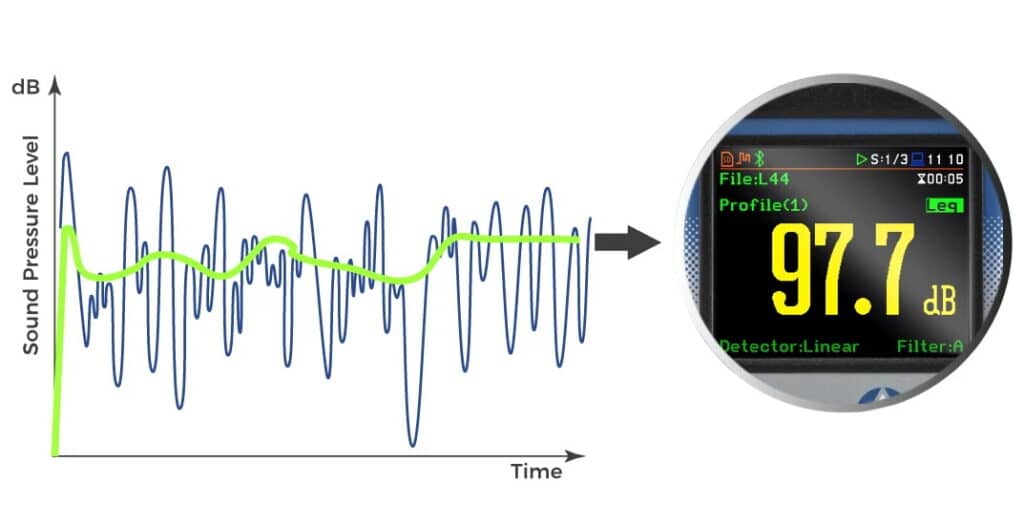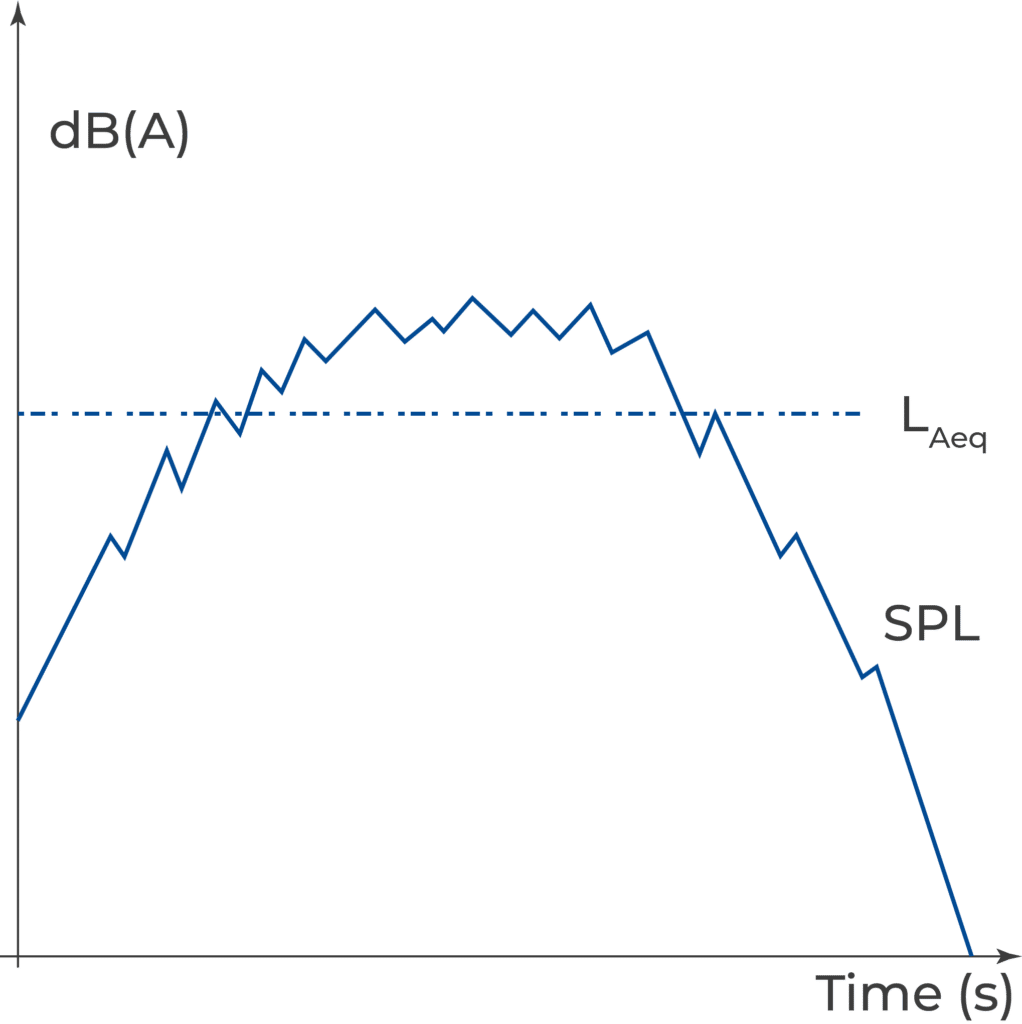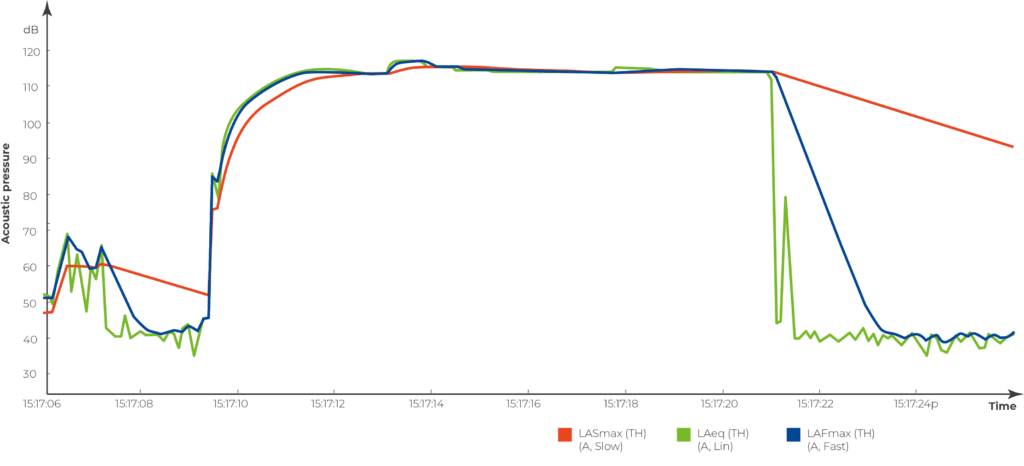LEQ Equivalent Continuous Sound Level
Leq (Equivalent Continuous Sound Level) is a crucial metric in acoustics and noise studies, representing the average sound level over a designated period. It reflects sound energy and potential hearing damage due to cumulative exposure.







